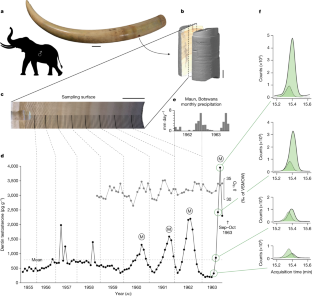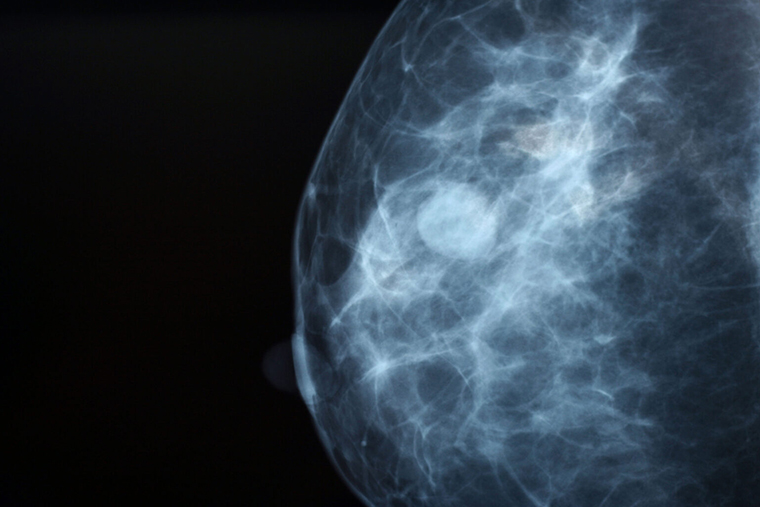2023-05-03 ミシガン大学
◆この研究では、マンモスやゾウの牙の成長層にテストステロン値が記録されていることを発見し、33,000年以上前に生息していたマンモスの成獣は、毎年繰り返されるテストステロンの急増(基準値の最大10倍)を示しており、ムスト関連のテストステロンピークと一致することがわかりました。
<関連情報>
- https://news.umich.edu/new-tusk-analysis-techniques-reveal-surging-testosterone-in-male-woolly-mammoths/
- https://www.nature.com/articles/s41586-023-06020-9
牙から採取したテストステロン履歴からウーリーマンモスのムストエピソードが判明 Testosterone histories from tusks reveal woolly mammoth musth episodes
Michael D. Cherney,Daniel C. Fisher,Richard J. Auchus,Adam N. Rountrey,Perrin Selcer,Ethan A. Shirley,Scott G. Beld,Bernard Buigues,Dick Mol,Gennady G. Boeskorov,Sergey L. Vartanyan &Alexei N. Tikhonov
Nature Published:03 May 2023
DOI:https://doi.org/10.1038/s41586-023-06020-9

Abstract
Hormones in biological media reveal endocrine activity related to development, reproduction, disease and stress on different timescales1. Serum provides immediate circulating concentrations2, whereas various tissues record steroid hormones accumulated over time3,4. Hormones have been studied in keratin, bones and teeth in modern5,6,7,8 and ancient contexts9,10,11,12; however, the biological significance of such records is subject to ongoing debate10,13,14,15,16, and the utility of tooth-associated hormones has not previously been demonstrated. Here we use liquid chromatography with tandem mass spectrometry paired with fine-scale serial sampling to measure steroid hormone concentrations in modern and fossil tusk dentin. An adult male African elephant (Loxodonta africana) tusk shows periodic increases in testosterone that reveal episodes of musth17,18,19, an annually recurring period of behavioural and physiological changes that enhance mating success20,21,22,23. Parallel assessments of a male woolly mammoth (Mammuthus primigenius) tusk show that mammoths also experienced musth. These results set the stage for wide-ranging studies using steroids preserved in dentin to investigate development, reproduction and stress in modern and extinct mammals. Because dentin grows by apposition, resists degradation, and often contains growth lines, teeth have advantages over other tissues that are used as records of endocrine data. Given the low mass of dentin powder required for analytical precision, we anticipate dentin-hormone studies to extend to smaller animals. Thus, in addition to broad applications in zoology and palaeontology, tooth hormone records could support medical, forensic, veterinary and archaeological studies.


